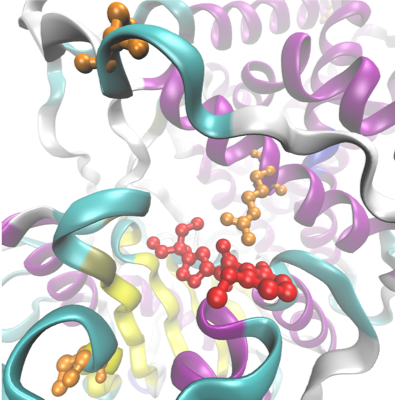CHEMISTRY
Crop protection chemicals are essential in agriculture to enhance the production and quality of crops and there is a continuous need for new active chemicals that are more effective, selective and environmentally benign such that they do not possess negative off-target effects on the environment or human health.

In the pharmaceutical industry, computer aided drug design (CADD) has been essential as a technology for approximately 30 years and its development coincided with the rapid accumulation of protein structures/models primarily derived from X-ray crystallography.
Conversely, while 270 herbicide active ingredients possessing 17 identifiable and distinct modes of action (MOA) have been found over the last 40 years, to the best of our knowledge none of these were found using CADD. There is thus a large opportunity to use CADD to discover and develop new herbicides for both fundamental academic insight and significant commercial value. In the search for herbicides, inhibitory MOAs that specifically target cellulose biosynthesis (i.e. Cellulose Biosynthetic Inhibitors a.k.a. CBIs) are of particular interest due to the increasing occurrence of herbicide-resistant species and the commercial upside.
The plant cell wall is a complex and dynamic extracellular matrix that surrounds every plant cell and is composed of highly glycosylated proteins and polysaccharides, including pectin, hemicelluloses and cellulose. The principal cell wall polysaccharide is cellulose and it stands as the most abundant biopolymer in the world. As chemical inhibitors of cellulose biosynthesis, cellulose biosynthesis inhibitors (CBIs) are useful for weed control in agriculture and are particularly used as pre-emergent herbicides in recreational lawns, golf courses, orchards, vineyards, and railroad tracks with a combined multi-billion dollar value.
Frontier's R&D starts from the perspective of the molecular machinery of the plant as opposed only to the effectiveness of the sprayed chemicals.
Frontier's goal is to use computer-aided algorithms with the aid of molecular genetics for the development of new herbicides/pesticides - a genetics first approach.
We currently have discovered several dozen new chemistries through our CAHD™ platform, most of which are CBI chemistries.
